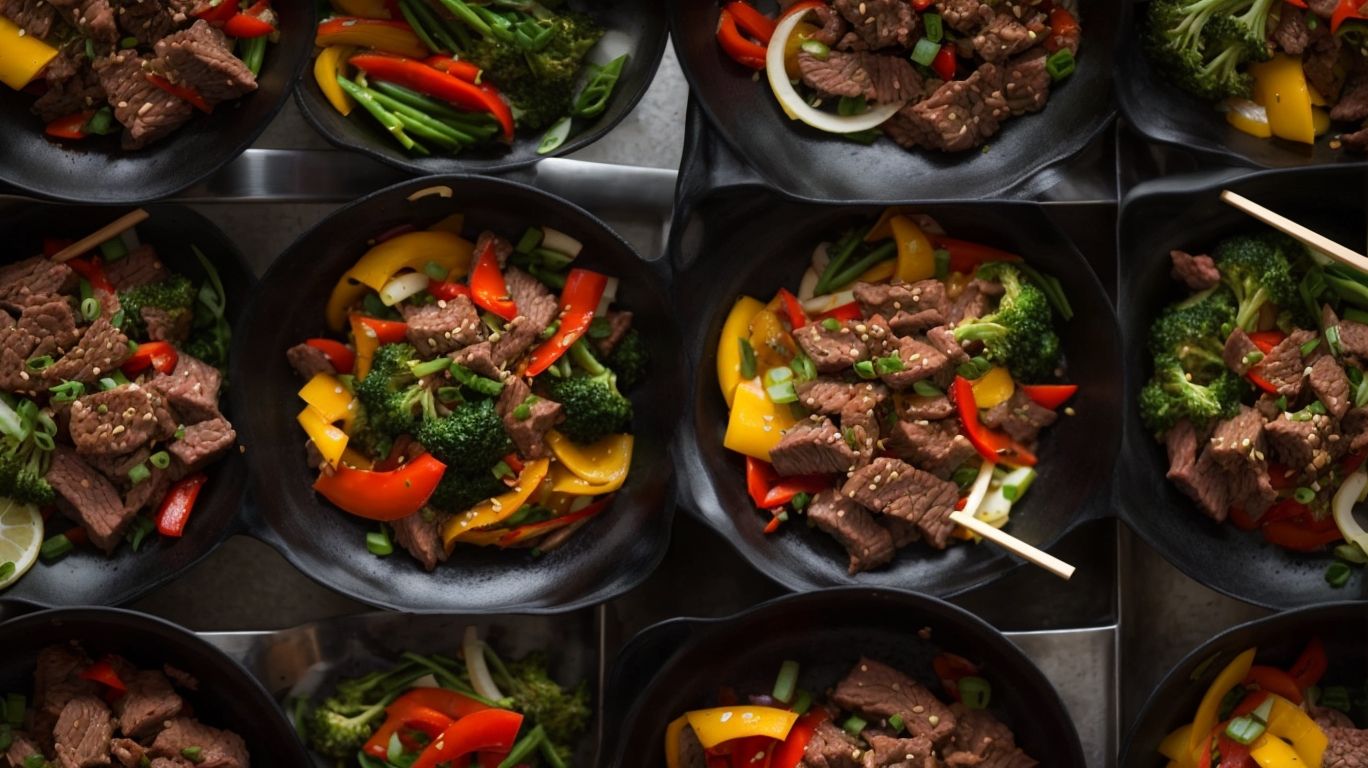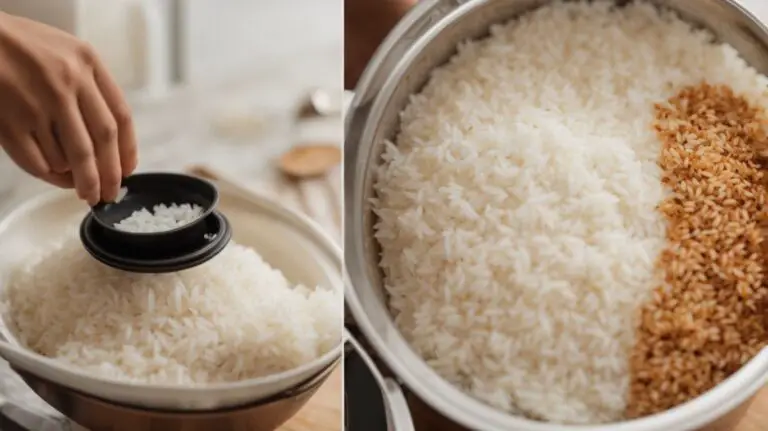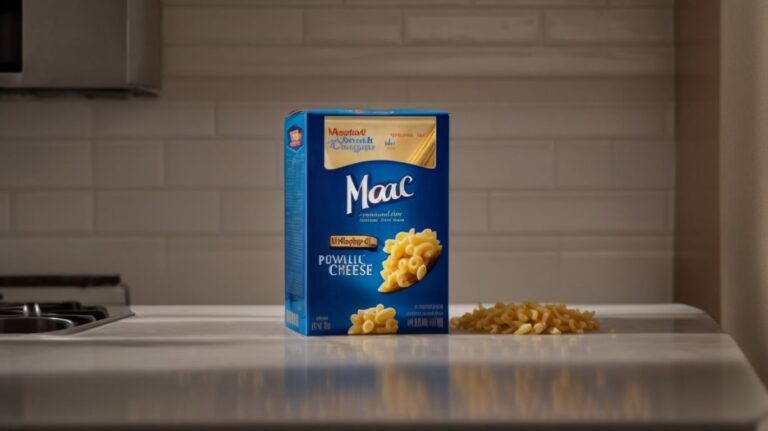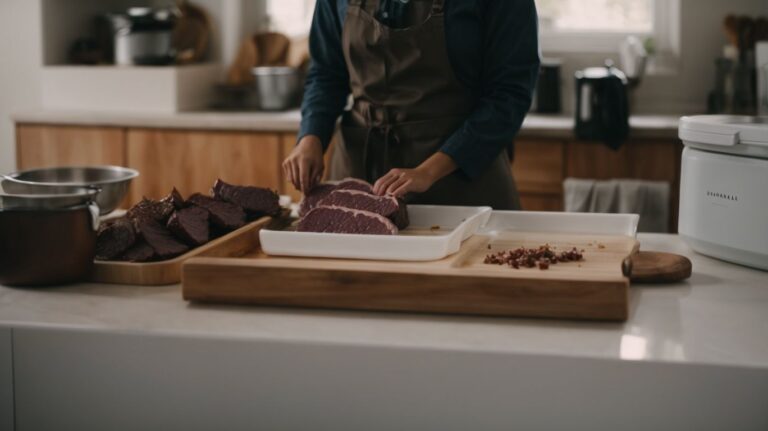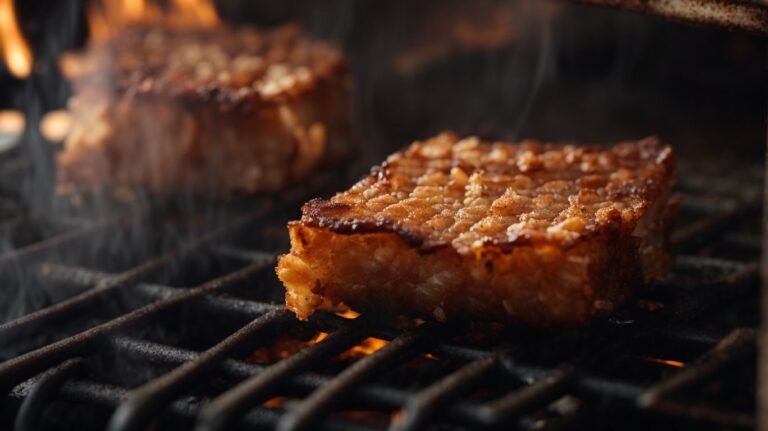How to Cook Beef for Stir Fry?
Looking to create the perfect beef stir fry but not sure where to start?
We will discuss the best types of beef to use, how to prepare the beef for stir fry, which vegetables pair well with beef, and the key steps to cooking a delicious stir fry.
Whether you’re a seasoned chef or a beginner in the kitchen, these tips and techniques will help you create a mouth-watering dish that will surely impress your friends and family. Let’s get cooking!
Key Takeaways:
What is the Best Type of Beef for Stir Fry?
Regarding selecting the best type of beef for a delicious stir fry, various options can elevate the dish to new heights.
Sirloin Steak
Sirloin steak is a popular choice for beef stir fry due to its tenderness and ability to absorb flavors from the marinade and sauce.
When cooking sirloin steak for stir fry, it is crucial to slice it thinly against the grain to ensure tenderness and easy cooking. The marbling in sirloin adds richness and juiciness to the dish, making it a flavorful addition to the stir fry.
Quick cooking over high heat preserves the steak’s natural juices and enhances its succulence. The seared edges of sirloin steak bring a caramelized flavor that complements the savory sauces and aromatic seasonings commonly used in stir fry dishes, creating a delicious umami-packed meal.
Flank Steak
Flank steak is a versatile option for beef stir fry, known for its rich flavor and suitability for quick cooking methods.
One of the key characteristics of flank steak that makes it ideal for stir fry is its thin cut and distinct grain, which allows for quick and even cooking. Because it is a lean cut of beef, flank steak absorbs marinades and sauces well, enhancing its flavor profile in the stir fry.
Cooking tip: When preparing flank steak for stir fry, it’s crucial to cut it thinly against the grain to ensure tenderness and avoid chewiness. Searing the steak in a hot pan and cooking it briefly will help retain its juiciness and natural flavors, making it a standout ingredient in the dish.
Ribeye Steak
Ribeye steak offers a luxurious and indulgent option for beef stir fry, with its marbling providing richness and depth of flavor.
When incorporating ribeye steak into a stir fry, its generous marbling ensures that the meat remains tender and succulent throughout the cooking process, adding a velvety texture to each bite. The interplay of the steak’s marbling with the vibrant vegetables and aromatic seasonings in the stir fry creates a symphony of flavors that dance on the palate.
One of the key advantages of using ribeye steak in stir fry dishes is its ability to elevate the overall taste profile. The inherent juiciness and tenderness of ribeye add a melt-in-your-mouth quality to the dish, making each mouthful a delightful experience.
Top Sirloin
Top sirloin is a lean yet flavorful choice for beef stir fry, offering a balance of tenderness and taste in every bite.
Its relatively low fat content makes it a healthy option, while its rich beefy flavor adds depth to stir fry dishes. Top sirloin is known for being versatile, allowing it to absorb the flavors of seasonings and sauces used in the stir fry. When cooked properly, it remains tender and juicy, enhancing the overall texture of the dish.
Due to its natural marbling and dense texture, top sirloin complements vegetables and noodles well, creating a harmonious and satisfying meal. Whether sliced thinly for quick cooking or marinated for added flavor, top sirloin elevates stir fry dishes to a gourmet level.
Tenderloin
Tenderloin, known for its melt-in-your-mouth texture, is a premium choice for beef stir fry, ensuring a luxurious dining experience.
When selecting a tenderloin for your stir fry, it’s important to consider its tenderness, which comes from being a less-worked muscle. The tenderloin is typically cut into medallions, ensuring quick and even cooking. To further enhance the flavors, marinating the beef in a mix of soy sauce, garlic, and ginger before stir-frying can add depth to the dish. Cooking considerations include searing the meat quickly over high heat to seal in the juices. The tenderloin’s delicate taste perfectly complements the vibrant flavors of stir fry sauces, making it a standout ingredient in gourmet cooking.
How to Prepare the Beef for Stir Fry?
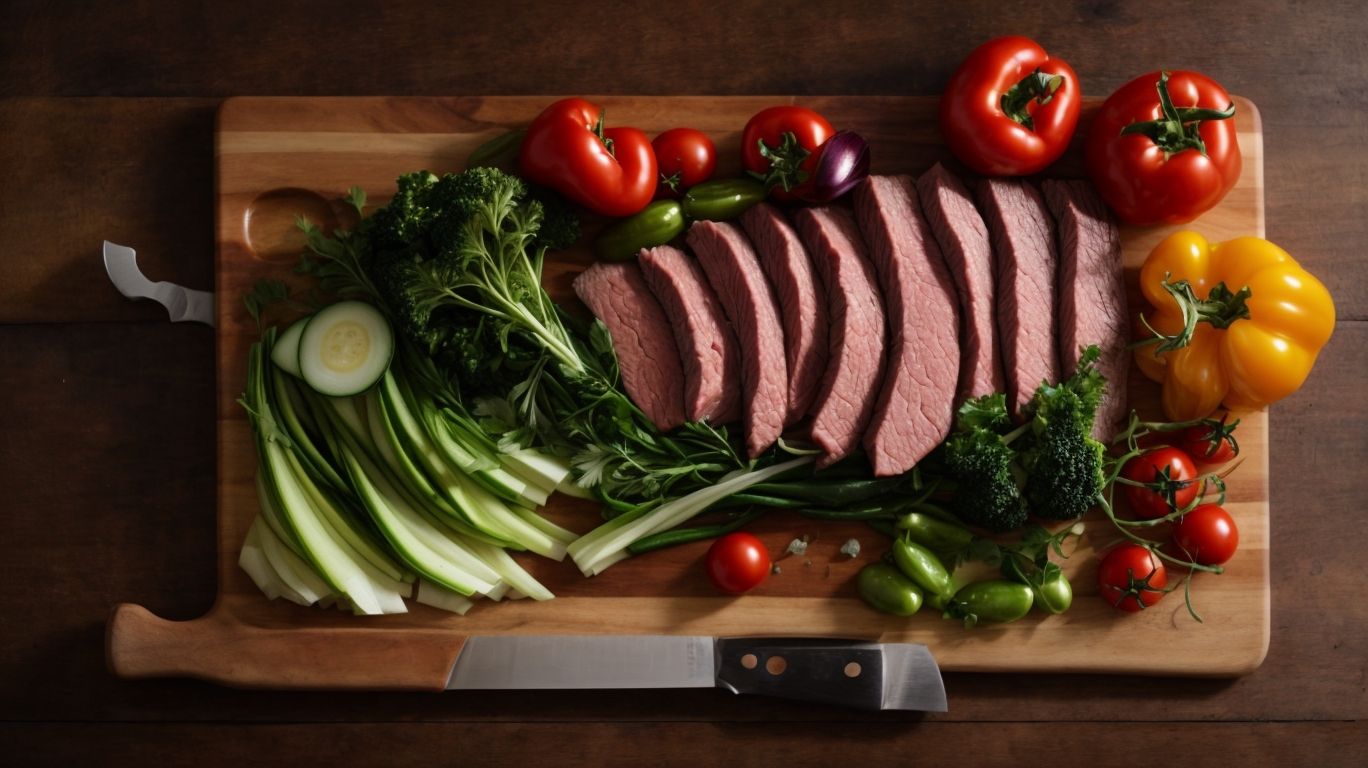
Credits: Poormet.Com – Brian Brown
Preparing beef for a delectable stir fry involves crucial steps such as slicing the meat, marinating it for optimal flavor infusion, and choosing the perfect marinade.
Slicing the Beef
Properly slicing the beef for stir fry is essential to ensure even cooking and tender texture in every bite of the dish.
Regarding slicing beef for stir fry, one of the most crucial tips is to cut the meat against the grain. This not only helps in breaking down the muscle fibers, making the beef more tender, but also allows for better absorption of flavors.
The thickness of the slices plays a key role in the final outcome. Optimal thickness ranges from 1/8 to 1/4 inch, ensuring quick and consistent cooking.
Experimenting with cutting styles like julienne, strips, or cubes can also enhance the overall presentation and texture of your stir fry, turning it into a restaurant-quality dish.
Marinating the Beef
Marinating the beef before stir frying allows the meat to absorb flavors, tenderize, and enhance the overall taste of the dish.
When you marinate beef properly, you not only add depth of flavor, but you also help to break down the muscle fibers, making the meat more tender and juicy. The key to a successful beef stir fry lies in the marinade. It’s crucial to choose ingredients that will complement the beef, such as soy sauce, garlic, ginger, and a touch of sweetness like honey or brown sugar for balance.
Marinating durations vary depending on the cut of beef. For tougher cuts like flank or skirt steak, marinate for at least 30 minutes to a few hours. For more tender cuts like ribeye or sirloin, 15-30 minutes should be sufficient. Remember not to over-marinate as the acids can start to break down the meat excessively.
Choosing the Right Marinade
Choosing the perfect marinade for beef stir fry can make a significant difference in the final flavor profile, ensuring a harmonious blend of tastes.
When selecting a marinade, you need to consider both the base ingredients and the additional flavorings. The base, such as soy sauce or citrus juice, sets the foundation for the marinade, while spices like ginger, garlic, or black pepper add depth.
For recommended flavor combinations, a classic Asian-inspired mix includes soy sauce, sesame oil, and a touch of honey for sweetness. Alternatively, a Mediterranean twist with olive oil, lemon, and oregano can bring a different dimension.
The right marinade not only infuses the meat with flavor but also tenderizes it, making for a succulent beef stir fry. It breaks down the proteins and adds moisture, resulting in a juicier end result.
What Vegetables Go Well with Beef Stir Fry?
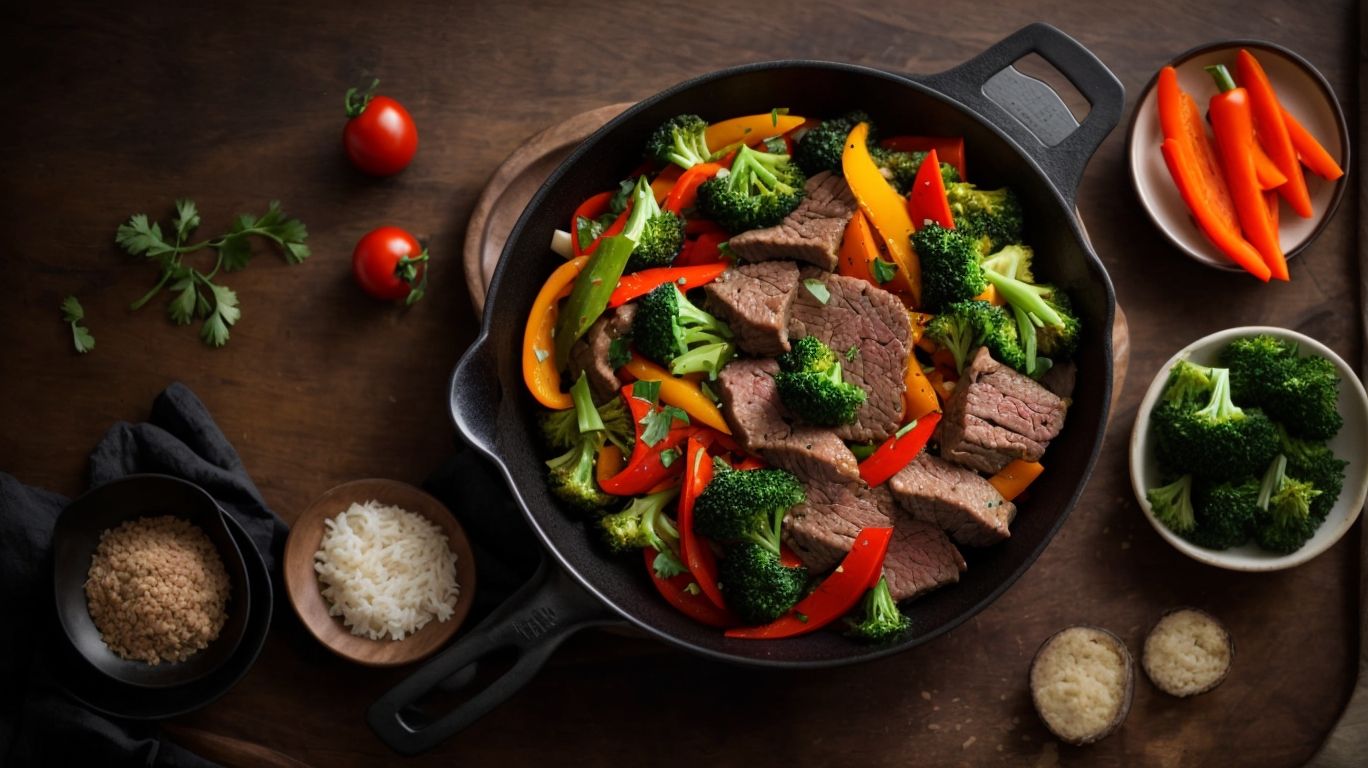
Credits: Poormet.Com – Wayne Davis
Pairing the perfect vegetables with beef stir fry can elevate the dish’s taste and texture, creating a harmonious blend of flavors and colors.
Bell Peppers
Bell peppers add vibrant colors and a sweet crunch to beef stir fry, infusing the dish with freshness and visual appeal.
These colorful vegetables, available in green, red, yellow, and orange hues, not only enhance the aesthetics of the dish but also provide a variety of flavors and nutrients.
Their crisp texture holds up well during cooking, adding a delightful crunch to each bite. Bell peppers can be sliced, diced, or julienned to suit different stir fry recipes, offering a versatile ingredient for culinary creativity.
Onions
Onions provide a savory depth and aromatic flavor to beef stir fry, enhancing the overall taste profile of the dish.
Regarding stir fry dishes, onions are like the unsung heroes that bring everything together. Their unique ability to caramelize when cooked adds a hint of sweetness that perfectly complements the savory beef. The layers of flavor that onions add can transform a simple stir fry into a delicious culinary experience.
Onions are incredibly versatile in the kitchen. Whether diced, sliced, or minced, they can be used in countless ways to enhance dishes. Their pungent aroma mellows out when cooked, blending seamlessly with the umami-rich beef, creating a harmonious balance of flavors.
Not only do onions contribute to the taste, but they also play a crucial role in the texture of the dish. Their soft, translucent texture adds a pleasant mouthfeel to the stir fry, making each bite a delight for the senses.
Broccoli
Broccoli offers a nutritious and vibrant addition to beef stir fry, contributing a delightful crunch and a wealth of essential nutrients.
Broccoli, known for its rich reserves of vitamins C, K, and folate, introduces a colorful and healthy boost to your stir fry dish. Its fibrous texture helps create a satisfying contrast to the tender beef slices. When sautéed to perfection, the broccoli not only retains its crispness but also imparts a refreshing flavor. Broccoli’s nutritional profile includes antioxidants that support overall well-being. Combining it with beef in stir fry recipes enables you to enjoy a balanced meal that is both hearty and nourishing.
Carrots
Carrots bring a hint of natural sweetness and a colorful touch to beef stir fry, adding texture and nutritional value to the dish.
When incorporating carrots into a beef stir fry, their vibrant orange hue not only brightens up the dish visually but also helps balance out the savory flavors. Sliced into thin strips or julienne, carrots add a satisfying crunch that contrasts beautifully with the tender beef, creating a delightful textural harmony. These root vegetables are packed with essential nutrients like vitamin A, providing a healthy boost to the meal.
Snap Peas
Snap peas provide a crisp and refreshing element to beef stir fry, offering a burst of freshness and a textural contrast to the dish.
One of the unique characteristics of snap peas is their ability to retain their crunch even when cooked, making them an excellent addition to stir fry dishes. These peas not only add a delightful snap to each bite but also bring a touch of sweetness that balances out the savory flavors of the beef and other ingredients.
When preparing snap peas for a stir fry, it’s important to properly trim them by removing the tough string that runs along the pod. This not only enhances the dish’s presentation but also ensures a better eating experience by eliminating any unwanted chewiness.
To enhance the overall flavors of a beef stir fry, consider briefly blanching the snap peas before adding them to the wok. This technique helps to preserve their vibrant green color and lock in their natural sweetness.
How to Cook Beef Stir Fry?
Mastering the art of cooking beef stir fry involves essential steps such as preparing the wok or pan, cooking the beef to perfection, adding a variety of vegetables, and adding the finishing touches.
Preparing the Wok or Pan
Properly preparing the wok or pan for beef stir fry ensures even heating, optimal searing, and the authentic flavor development of the dish.
One crucial step in preparing the wok or pan is to season it properly. To do this, simply heat the wok on high heat with a thin layer of oil until it starts to smoke, then turn off the heat and let it cool. This process helps create a natural non-stick surface.
Regarding heating, ensure that the wok or pan reaches the desired temperature before adding any ingredients. The ideal cooking surface for stir fry is a flat-bottomed carbon steel wok or a stainless steel pan, as they distribute heat evenly.
Cooking the Beef
Cooking the beef for stir fry requires precise timing, high heat, and the right techniques to achieve tender, flavorful meat in the final dish.
One crucial step in preparing the beef for stir fry is to ensure that the meat is cut across the grain to break down tough muscle fibers, making it more tender. Searing the beef in a hot pan before adding it to the stir fry not only locks in juices but also adds a rich caramelized flavor. It’s important to brown the meat quickly, allowing it to develop a nicely browned crust without overcooking the inside.
Adding the Vegetables
Incorporating a variety of fresh vegetables into the beef stir fry enhances the dish with colors, textures, and a diverse range of flavors for a satisfying meal.
When adding vegetables to a stir fry, it’s crucial to consider their cooking times to achieve the perfect balance of tenderness and crunchiness. Leafy greens like spinach or bok choy should be added towards the end to prevent wilting, while bell peppers and snap peas can go in earlier for a slightly softer texture.
The selection of vegetables can significantly impact the overall taste profile. For instance, mushrooms add a rich umami flavor, while carrots bring a hint of sweetness. Broccoli adds a satisfying crunch, and zucchini provides a subtle freshness to the dish.
Finishing Touches
Adding the final touches, such as garnishes and additional seasonings, can elevate the presentation and taste of beef stir fry, creating a memorable dining experience.
One popular garnish choice for beef stir fry is thinly sliced green onions, not only adding a pop of color but also a fresh aroma that complements the savory flavors. Fresh herbs like cilantro or Thai basil can bring a burst of brightness and herbal notes to the dish, enhancing its complexity.
To take the flavors to the next level, drizzle a soy-based sauce over the finished stir fry. The umami-rich sauce can tie all the ingredients together, adding depth and enhancing the overall taste profile of the dish.
Tips for Perfect Beef Stir Fry
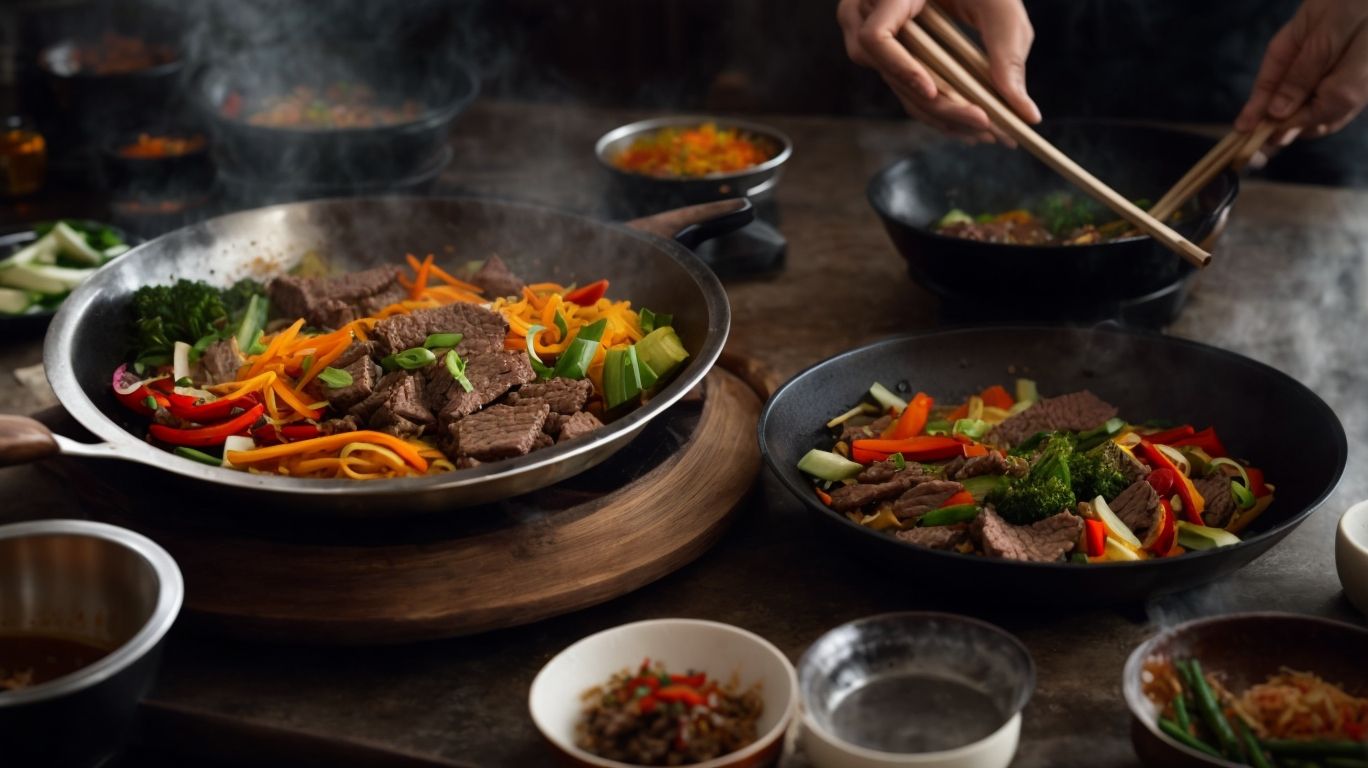
Credits: Poormet.Com – Wayne Johnson
Achieving the perfect beef stir fry requires attention to key details such as maintaining high heat, avoiding overcrowding the pan, using quality sauces, and serving the dish immediately for optimal flavor.
High Heat is Key
High heat is essential in beef stir fry to achieve quick searing, retain meat juiciness, and create the characteristic wok hei flavor that enhances the dish.
When the beef is cooked at high temperatures, it undergoes Maillard reactions that lead to the browning of the meat, developing a rich umami flavor. This rapid cooking method helps in locking in the natural juices of the meat, ensuring it stays tender and juicy. The intense heat caramelizes the sugars present in the meat, contributing to a depth of flavor and a delightful aroma. The quick searing process also prevents the meat from becoming tough, preserving its texture and ensuring a succulent bite in every mouthful.
Don’t Overcrowd the Pan
Avoiding overcrowding the pan during beef stir fry allows for proper browning, even cooking, and the maintenance of individual ingredient textures and flavors.
When you overcrowd the pan, ingredients end up steaming rather than searing. This leads to excess moisture pooling in the pan, hindering the browning process crucial for developing rich flavors. By ensuring optimal ingredient distribution, each piece of beef gets the direct contact it needs with the hot surface, resulting in a beautiful caramelization.
With ample space between the beef strips, they cook more evenly due to less moisture, ensuring that they get that perfect tender yet slightly crispy texture. This meticulous distribution also allows seasonings to coat each piece uniformly, enhancing the overall taste profile of the dish.
Use a Good Quality Sauce
Selecting a high-quality sauce for beef stir fry is crucial to infuse the dish with rich flavors, balanced seasoning, and a satisfying umami taste.
Regarding choosing the right sauce for your stir fry, there are several factors to consider. Opt for sauces that complement the natural flavors of the beef without overpowering them. Garlic, ginger, and soy sauce are classic choices that add depth and complexity to the dish.
Brands such as Lee Kum Kee, Kikkoman, and San-J offer a wide range of high-quality sauces specifically crafted for stir fry dishes. These brands are known for their authentic flavors and superior ingredients, ensuring a delicious end result.
Serve Immediately
Serving beef stir fry immediately after cooking ensures optimal texture, temperature, and flavor retention, delivering a delightful dining experience to your guests.
This practice is crucial as freshness plays a vital role in the overall taste and presentation of stir fry dishes. When served promptly, the ingredients maintain their crispness and vibrant colors, enhancing the visual appeal of the dish. Immediate serving also prevents the dish from becoming soggy or overcooked, preserving the balance of textures and flavors that define a perfectly executed stir fry.
To ensure a visually appealing presentation, consider incorporating colorful vegetables, such as bell peppers, carrots, and snow peas, which not only add a pop of color but also contribute to the dish’s nutritional value. Properly arranging the stir fry on a serving platter or bowl, garnished with fresh herbs or toasted sesame seeds, can elevate the dish’s aesthetic appeal.
Frequently Asked Questions
1. How Do I Prepare Beef for Stir Fry?
The first step in cooking beef for stir fry is to choose the right cut of meat. Look for lean cuts that are thinly sliced, such as flank steak or sirloin. Then, marinate the beef in a mixture of soy sauce, rice wine vinegar, and garlic for at least 30 minutes to add flavor and tenderize the meat.
2. Can I Use Frozen Beef for Stir Fry?
While fresh beef is preferred, you can still use frozen beef for stir fry. Make sure to thaw the beef completely before cooking it, and pat it dry with a paper towel to remove any excess moisture. This will prevent the beef from becoming tough and watery when cooked.
3. Should I Cook Beef First or Last in Stir Fry?
It is best to cook the beef first in stir fry. This allows the meat to sear and develop a nice crust, which adds flavor and texture to the dish. After the beef is cooked, remove it from the pan and set it aside while you cook the vegetables and sauce. Then, add the beef back in at the end to warm it up and combine all the flavors.
4. How Do I Know When the Beef is Done Cooking?
The best way to check if the beef is done cooking is to use a meat thermometer. For medium-rare beef, the internal temperature should read 135°F and for medium, it should read 145°F. If you don’t have a meat thermometer, you can also cut into a piece of beef to check for doneness. It should be slightly pink in the center.
5. Can I Use a Wok to Cook Beef for Stir Fry?
Yes, a wok is the traditional tool used for stir fry and is recommended for cooking beef for stir fry. The high heat and sloping sides of the wok allow for even cooking and quick stir frying. If you don’t have a wok, you can use a large skillet as well.
6. How Do I Thicken the Sauce for Beef Stir Fry?
To thicken the sauce for beef stir fry, you can use a cornstarch slurry. Mix together equal parts cornstarch and water, and then add it to the stir fry towards the end of cooking. Cook for an additional 1-2 minutes until the sauce thickens. You can also add a little more cornstarch slurry if needed.

